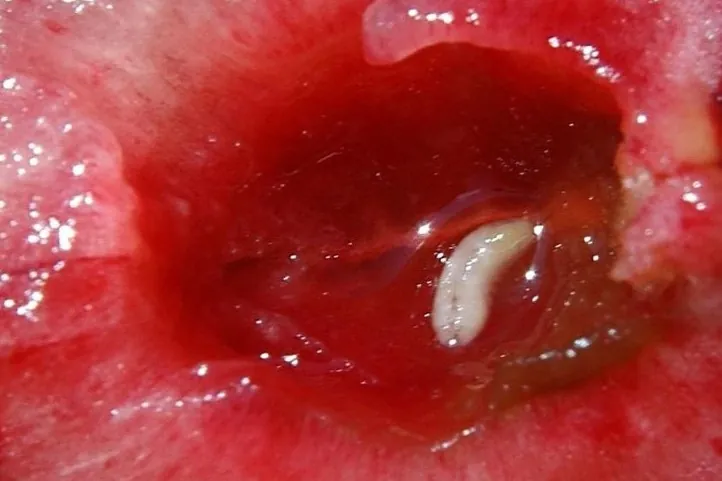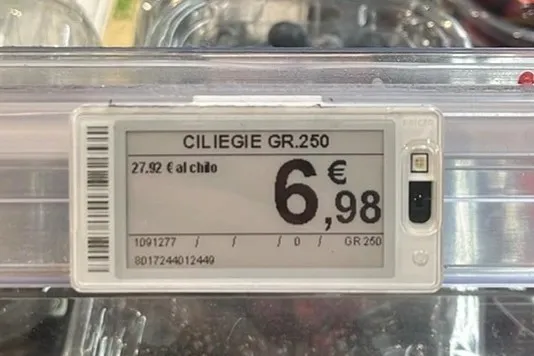A new frontier in agrivoltaics is taking shape in Germany, where solar energy and fruit growing come together to optimize space, resources and lightweight technologies. The first test on a cherry orchard promises energy efficiency, climate protection, and unaltered yields.
A bright idea among cherry trees
In the heart of Upper Swabia, in southwest Germany, a pioneering solution is emerging to combine specialty crops with renewable energy production. The Fraunhofer Institute for Solar Energy Systems (ISE), in collaboration with VOEN Vöhringer GmbH & Co. KG, has inaugurated an experimental agrivoltaic plant above a cherry orchard, using existing weather protection structures.
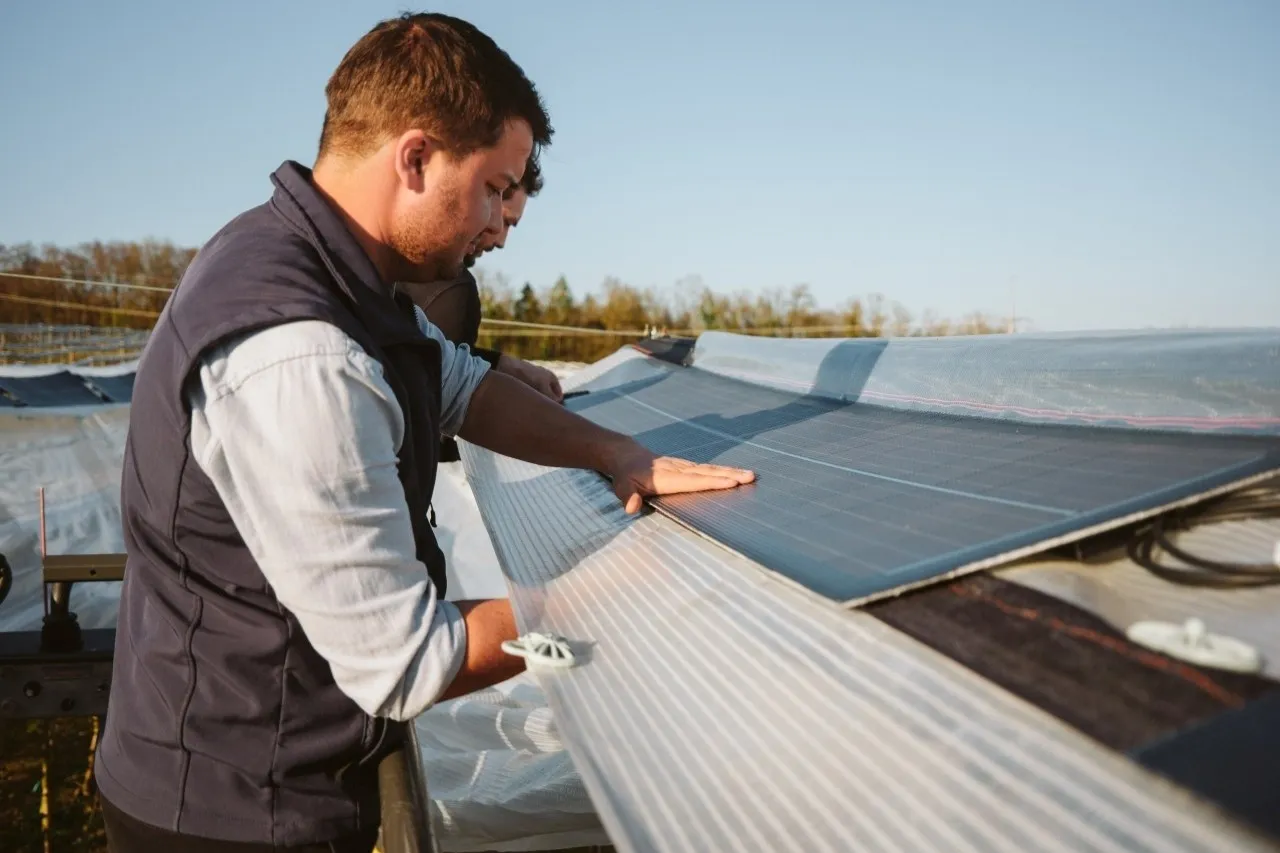
Unlike traditional agrivoltaic systems that require costly steel frameworks and land modifications, this new concept uses ultralight solar modules (less than 5 kg/m²), which can be mounted directly onto the nets and plastic sheets already present in orchards. A true revolution for specialty crops such as cherries, apples or berries, which typically need protection from hail, rain, or excessive sun exposure.
Energy efficiency and crop yield
The pilot installation, measuring 40 meters and covering two rows of cherry trees at Obstbau Vöhringer farm in Berg (near Ravensburg), provides 420 kilowatts of power per hectare. Officially launched on April 4, the system not only generates electricity, but also retains the protective function of agricultural coverings, ensuring continuous crop protection.
"Our goal was to adapt solar energy to fruit growing, not the other way around," said Leo Vöhringer, project manager at VOEN. The system integrates seamlessly with existing farming practices: when protection is not needed, the covers can be rolled up and stored beneath the panels.
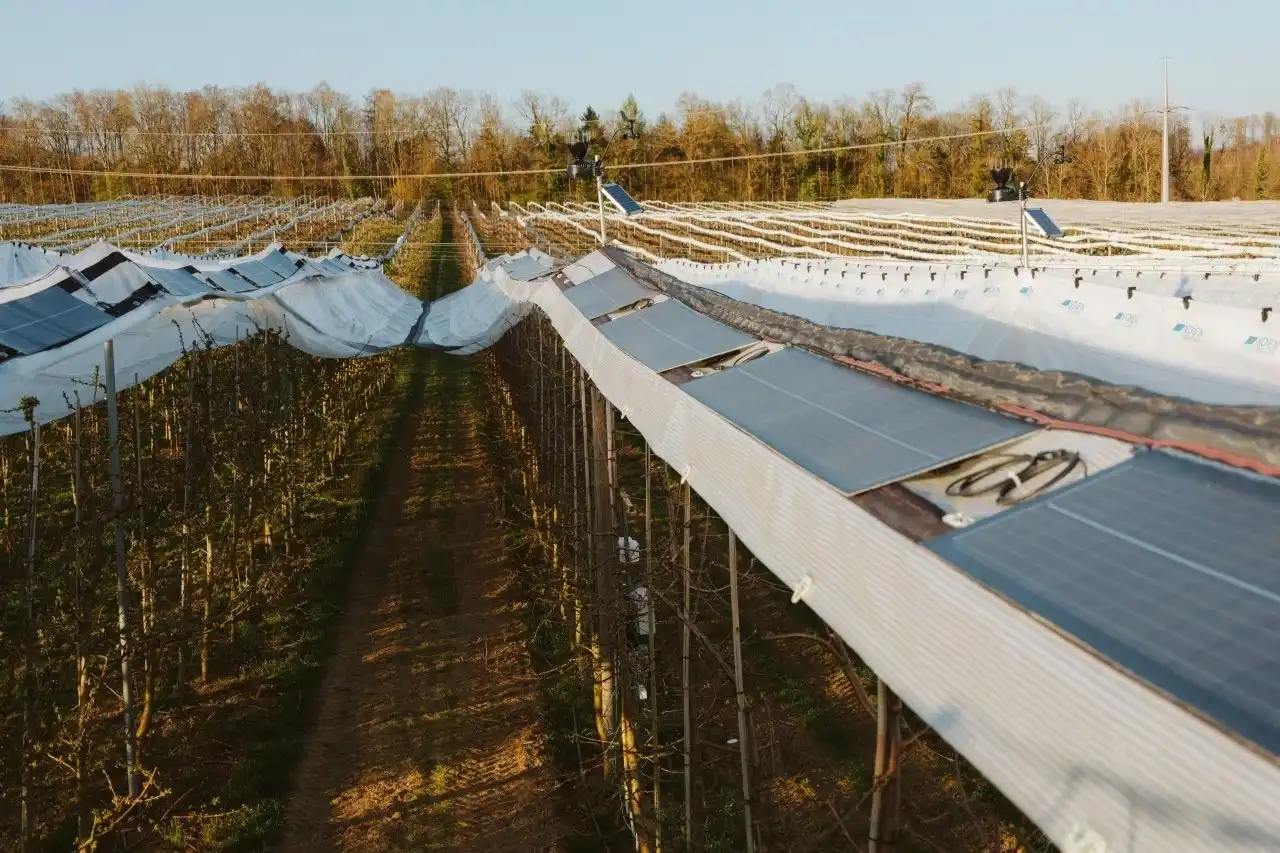
In addition to electricity generation, researchers are constantly monitoring the impact on cherry yields. Initial results are expected by the end of 2025.
A replicable model across Europe
The integration of agriculture and energy production offers numerous benefits: plants enjoy partial shading and protection, while solar panels are cooled by the microclimate below, increasing their efficiency on hot days. Furthermore, software developed by Fraunhofer ISE enabled simulation of optimal configurations to avoid shading-related yield loss.
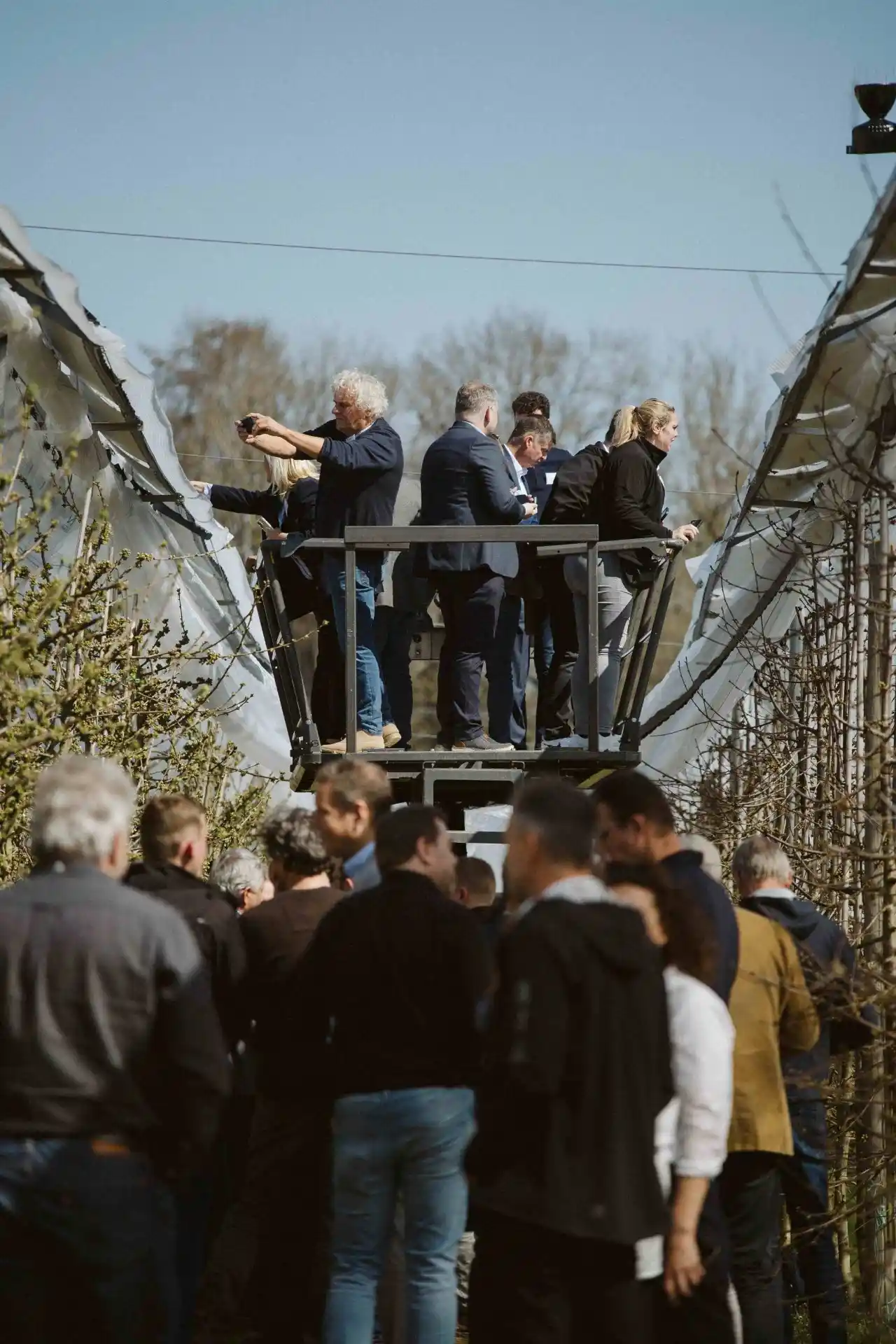
The potential for expansion is significant. In southern Baden-Württemberg alone, over 5,000 hectares of orchards are already covered by protective structures: equipped with lightweight solar panels, these areas could generate substantial amounts of energy without sacrificing agricultural productivity. This model could inspire the European sector as well, including Italy, where agrivoltaic adoption is still in its early stages.
Institutional support
The “VOEN e-crops” project is supported by the Ministry of Economic Affairs, Labour and Tourism of Baden-Württemberg through the Invest BW program. A synergy between research, business, and public administration aiming to set new standards for smart, resilient, and sustainable agriculture.
Toward a new solar agriculture
Agrivoltaics is no longer just a promise—it is becoming a concrete reality, even for delicate crops such as cherries. The German case paves the way for a future where energy and fruit can grow together under the same sky, with shared benefits for the environment, farmers, and communities.
Source: freshplaza.it
Image source: Fraunhofer Institute for Solar Energy Systems ISE, Friburgo (Germany)
Cherry Times – All rights reserved







